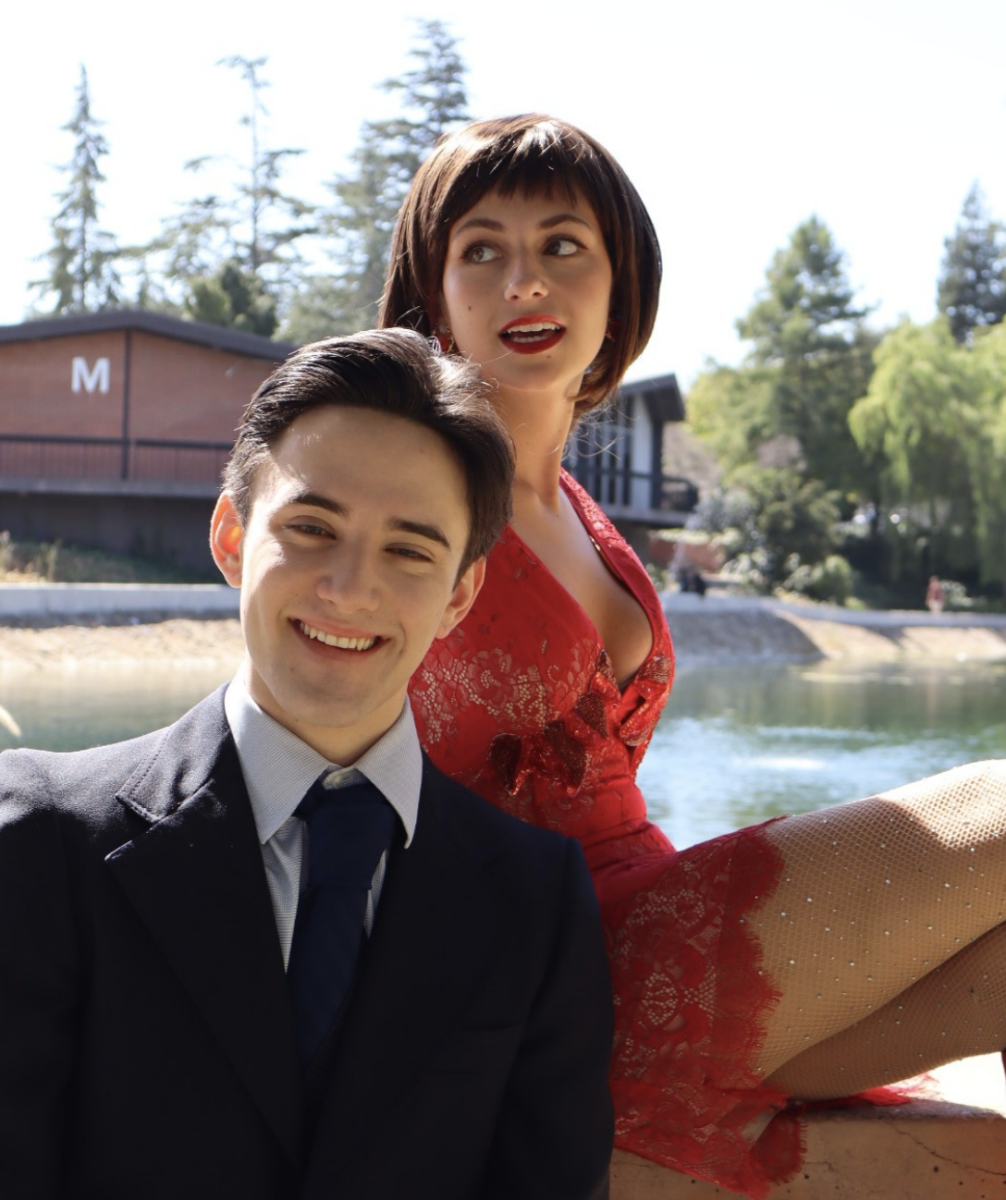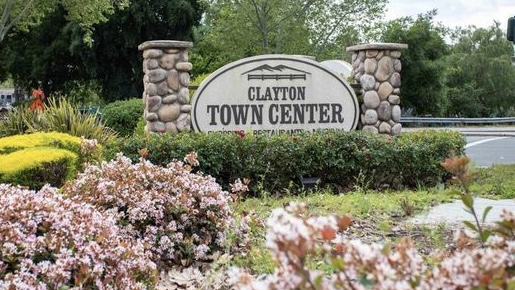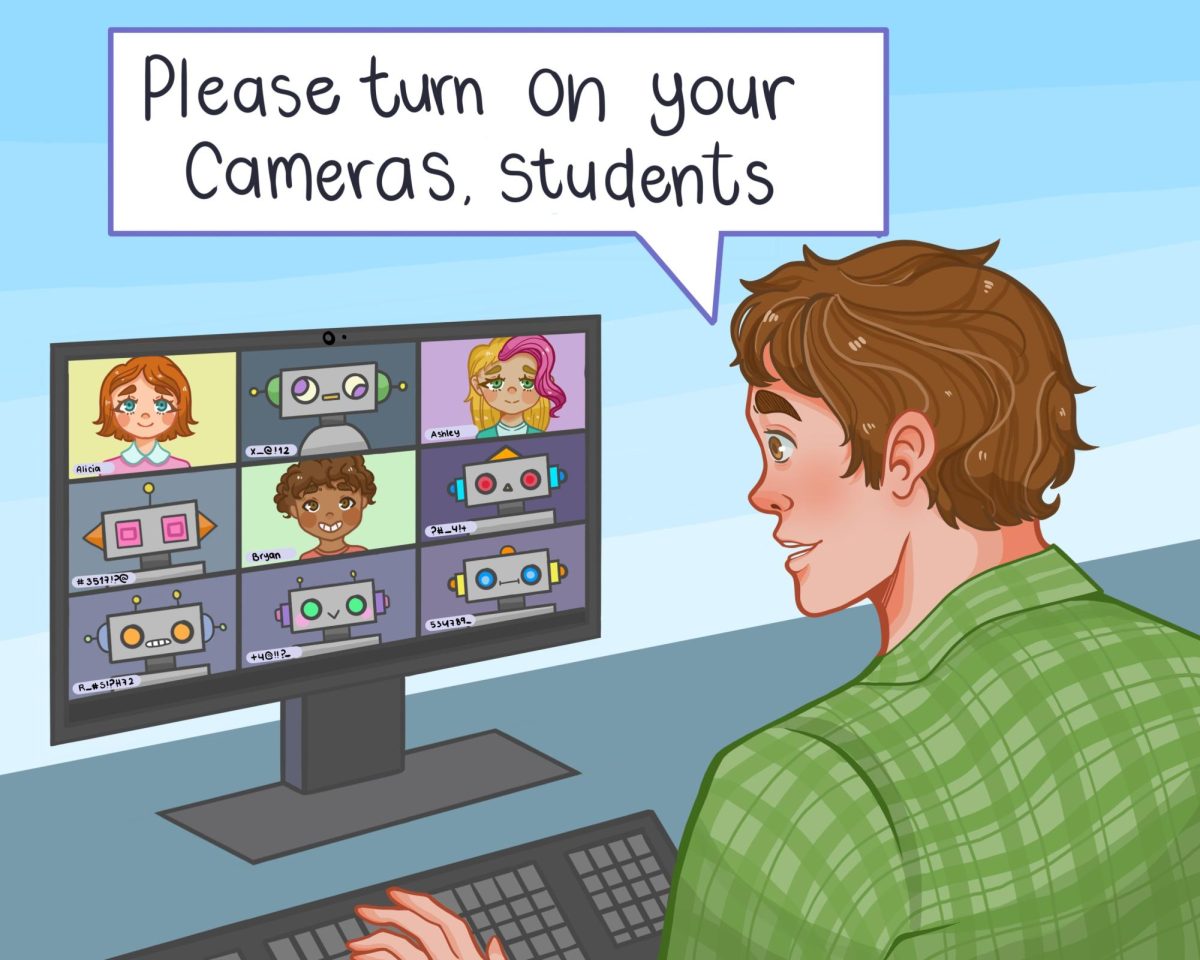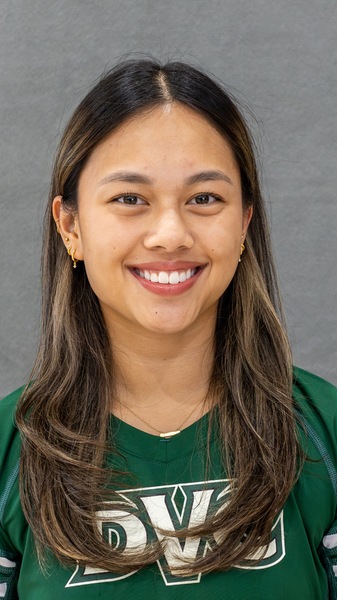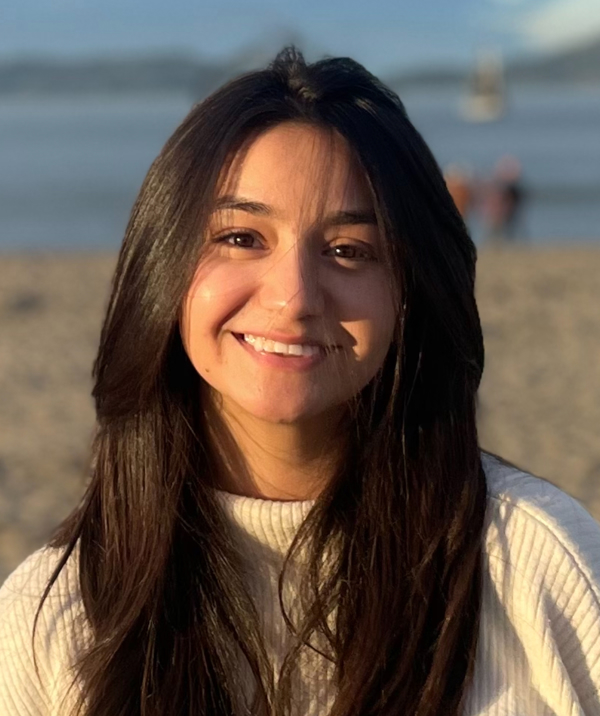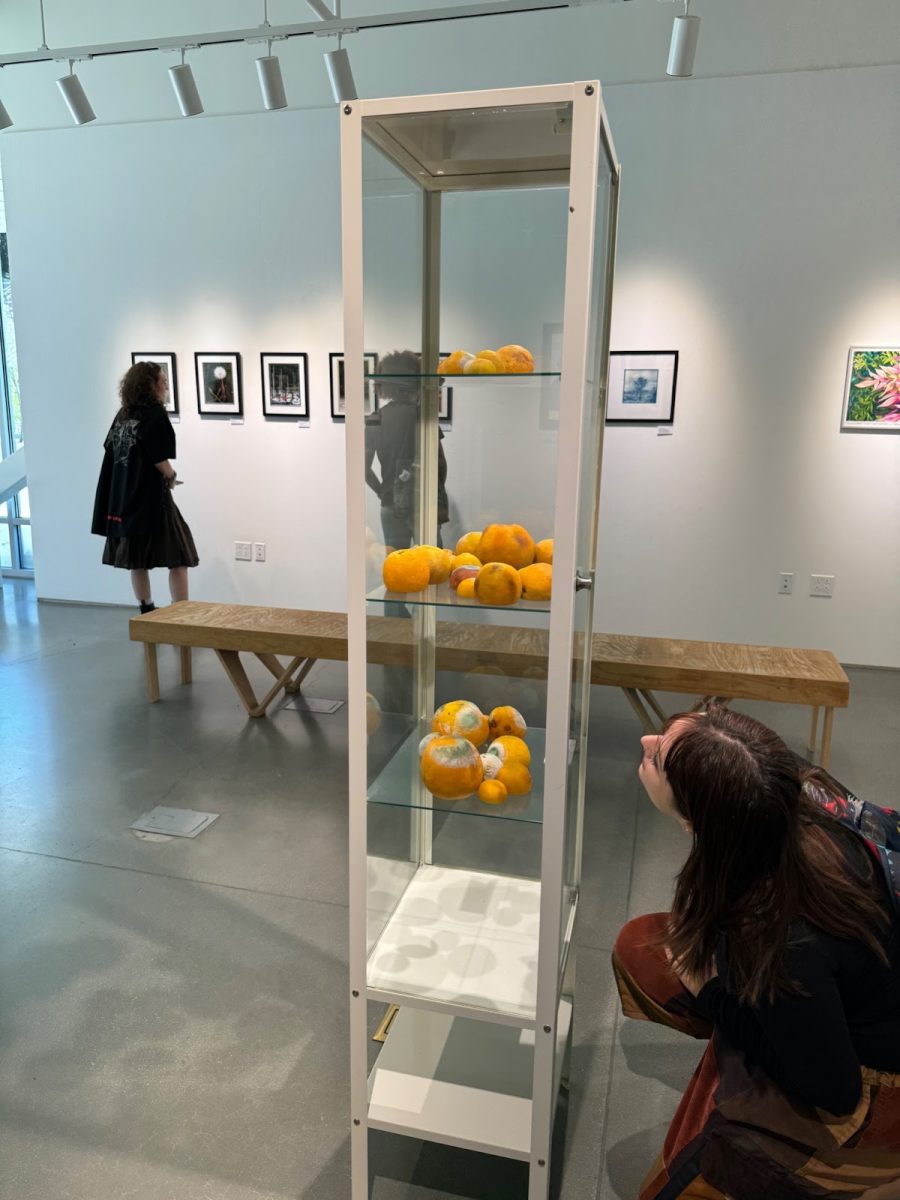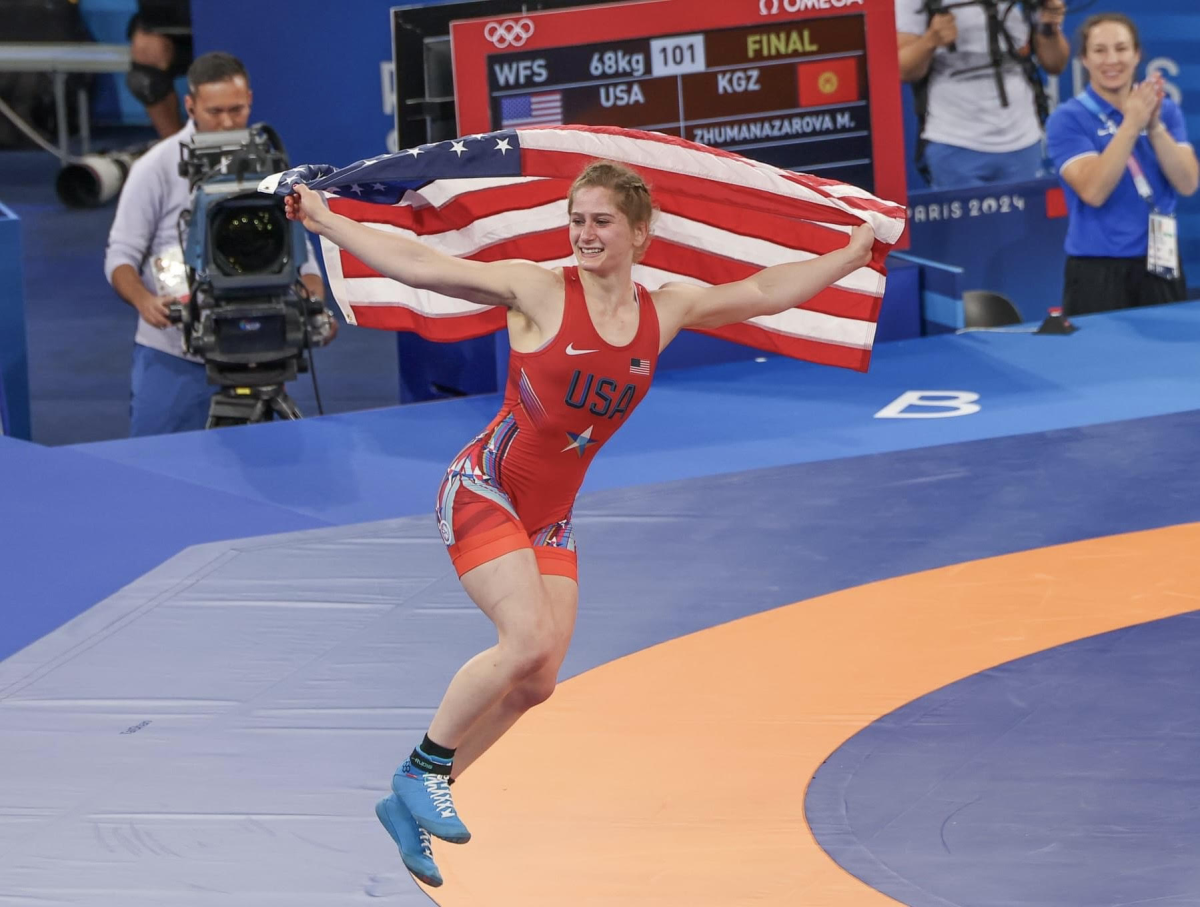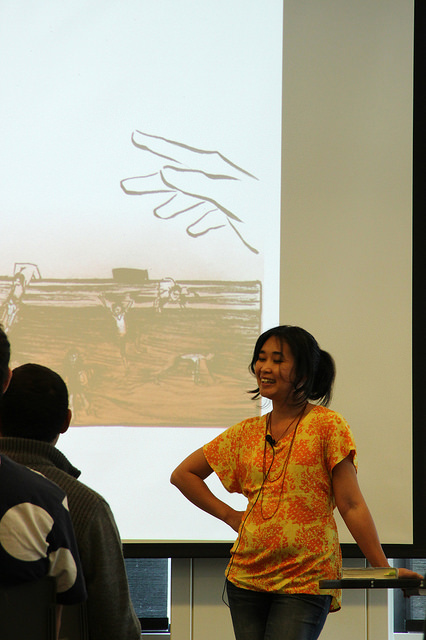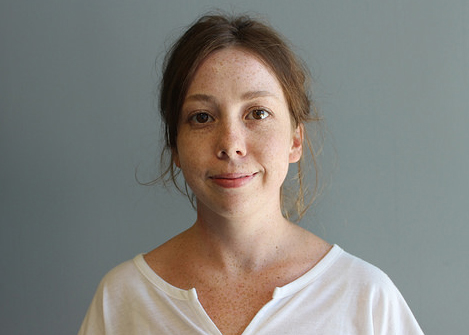Author shares stories about hardships, sacrifices of refugees with DVC students
Author Thi Bui shares the experiences of Vietnamese refugees in her graphic novel, “The Best We Could Do,” to a packed house on Thursday, April 19 at the Diablo Room.
April 23, 2018
“Every casualty in war is somebody’s grandmother, grandfather, mother, father, brother, sister, child, lover… But we are here to talk amongst the living. So let me give you here a story about lives lived between the bombs and the bullets,” said Thi Bui.
Bui, author of the graphic novel, “The Best We Could Do,” presented her story for the latest Equity Speaker Series to a full house at Diablo Valley College on Thursday, April 19.
It was an interactive experience, with Bui narrating as individuals from the audience read the various roles.
She was only three years old in 1978, when, in the aftermath of the Vietnam War, her family emigrated from Vietnam to the U.S. She had little recollection of her home country, struggling to remember things like the house she had lived in in downtown Saigon, even after her father sketched it for her.
Eventually, her father brought her a copy of the docuseries, “Vietnam War with Walter Cronkite”, noting that the narration was “only okay” but that there was historical footage of their old neighborhood in it.
“Lacking memories of my own, I had to rely on other people’s stories,” said Bui.
But, she found her people were often misrepresented as caricatures of war and poverty.
Bui explained, “none of the Vietnamese people in that video have a name or a voice.”
In an effort to humanize the experience of Vietnamese during the war and understand her own family, she started recording her parents’ stories.
She settled on the graphic novel format partly as a way of not having to contend with the images that people have grown accustomed to when seeing war and refugees. She wanted a way to replace the perceptions people had from seeing movies like “Apocolypse Now” or the famous photograph by Eddie Adams of a South Vietnamese police general shooting a Vietcong prisoner.
In a graphic novel, she could better depict context and allow her characters to speak.
She says she was fortunate to have parents who were willing to talk about their experiences, as many of them were traumatic.
In the novel, she depicts a time when an American teenager called her father a racial slur and proceeded to spit at him.
While making “The Best We Could Do,” Bui had a son, an experience she felt helped her to better understand the struggles her parents endured and the sacrifices they made for her and her sisters.
She explained that her mother was well educated and well respected in her community in Vietnam but gave that up for her children, working a low-wage factory job in the U.S. where people had little regard for her.
The insurmountable task of raising children was made all the more difficult by living in an unfamiliar and often times seemingly inhospitable place. But Bui understands now that her parents did, as do all parents, the best they could do.
It’s a timely piece of work on immigrants that Bui hopes will tell, “a more whole truth.”


